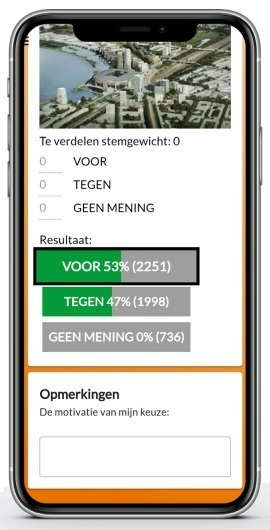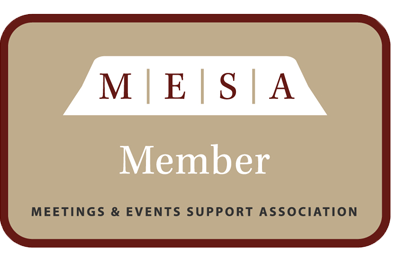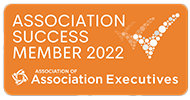DIGITAL VOTING: IS THIS STILL ALLOWED?
Since the relaxing of the corona measures in the Netherlands, we can finally go back to physical conferences and events. Before, we could come together without the 1.5m social distancing and the wearing of face masks, and now we are no longer required to provide a negative entry test. What does this mean about decisions taken during these members’ meetings? Is this still allowed to be digital?
Due to the Corona pandemic, the Temporary Digital Deliberation and Decision-Making Act was created to enable online or hybrid meetings for organisations, companies and institutions. Within these meetings it also became possible to record important decisions remotely, through means of a digital vote.
If the Dutch emergency law lapses and is not yet permanently incorporated into the legal system, the articles of association of a company or body are leading. Their own articles of association can determine whether they will use digital remote voting, which brings many benefits.
Since the summer of 2021, the possibility of making the Dutch emergency law permanent has already been looked at. Working from home and meeting digitally has led to a more efficient way of meeting. At the moment, the Dutch emergency law is still in force until the 1st of April, and will then be extended by 2 months.

Despite the fact that physical meetings are once again possible, Savvy has noticed that our customers still have a need for digital voting. There are many advantages associated to digital voting such as automatically determining the quorum, weighted and anonymous voting, and directly sharing or withholding the results. This is why our customers still make use of the digital solution that Savvy provides during physical meetings and conferences. This solution works simply for all attendees on their own devices such as a laptop, phone or tablet.
The platform Savvy SmartVote has been developed specifically for meetings and conferences where voting is used frequently. This platform can be managed by the board itself, where a voting round can be scheduled by the board at any time. It is also possible to spread the option to vote over a longer period of time, so that all participants have the chance to vote.




